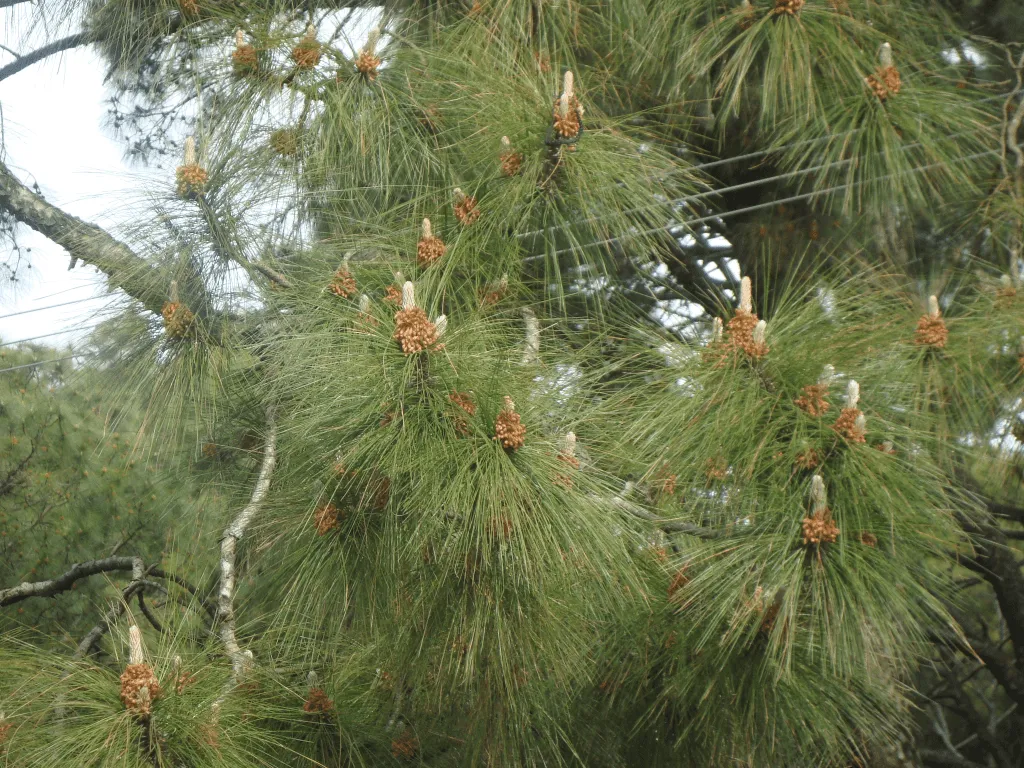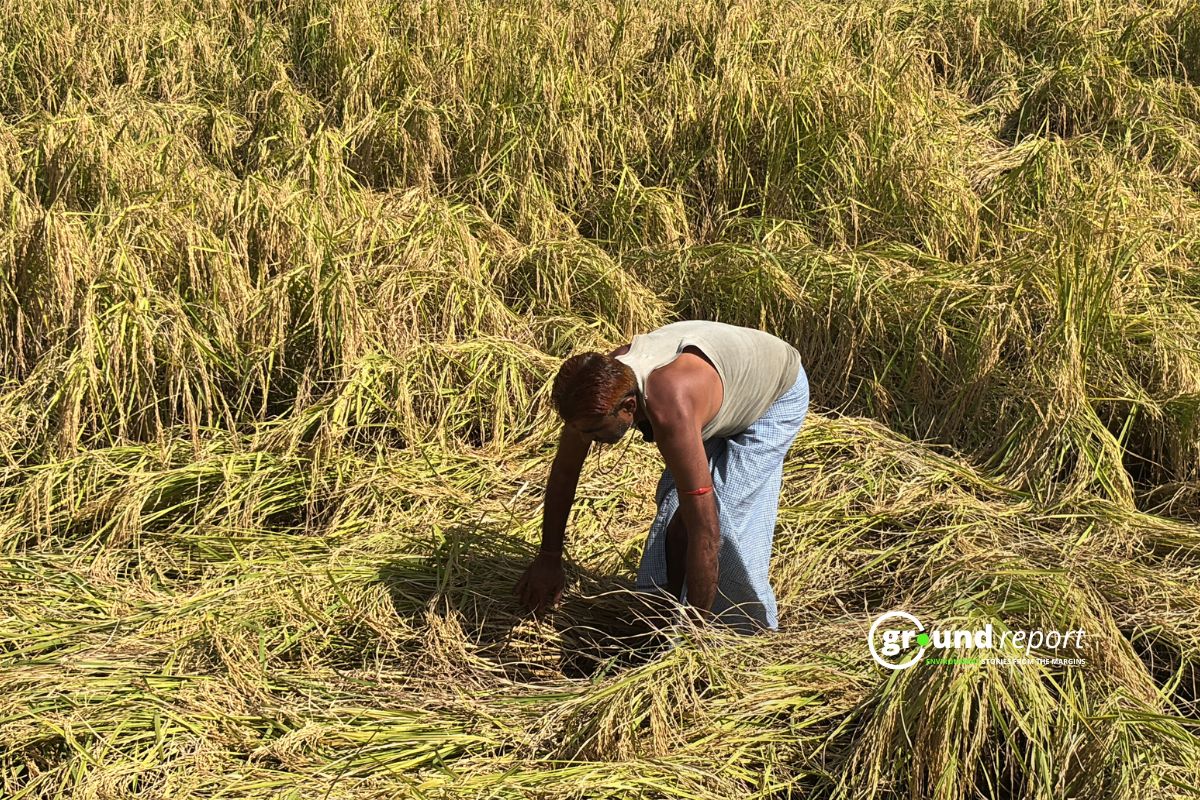A recent study published in the journal Science of the Total Environment suggests that global warming may become a major driver of forest loss in the Hindu-Kush Himalayas (HKH) during the 21st century. The researchers set out to better understand how the forest ecosystem will respond to global warming by studying site-specific and species-specific responses to climate change.
Rising temperatures threaten Himalayan Cedar
The study focused on the Himalayan cedar (Cedrus deodara), a tree of high commercial importance, and explored its spatial growth variability under two different climatic regimes from 17 cedar sites in HKH. One climate regime is dominated by monsoon rainfall, while the other is dominated by westerly disturbances.
A recent study by researchers from the Birbal Sahni Institute of Paleobotany, the GB Pant National Institute of the Himalayan Environment and the Central Himalayan Environmental Association found that rising temperatures pose a threat to tall and strong cedar trees in the Himalayas.

These trees, scientifically known as Cedrus deodar, are typically found at an altitude of 3,500 to 12,000 feet in the Himalayan region and can grow up to 45 meters or more in height. Cedar trees have many valuable qualities, including their strong, hardwood, which is widely used for commercial purposes.
The researchers used the dendrochronological technique to quantify and predict the future growth trend of cedar. They analyzed tree ring width and climate data (monthly temperature and precipitation) and found that spring (March-May) temperature and precipitation affect cedar growth negatively and positively, respectively.
The study showed that cedar trees growing in monsoonal areas at mid- and low-latitude sites face more drought stress, where less snow melt and low rainfall during the spring season are expected to increase evapotranspiration.
Highlights
- The climate of the spring and winter season limits the growth of Himalayan cedar trees.
- Himalayan cedar growing in the monsoon zone would decline due to warmer winter and spring weather in the future.
- The anomalous expansion of glaciers in the future may favor the growth of Himalayan cedar in the region dominated by the west.
ICIMOD report shows alarming temperature rise
According to a 2019 report by the International Center for Integrated Mountain Development (ICIMOD), the temperature in the Hindukush Himalayan region is rising much faster than the global average.
The report suggests that by the end of the century, the temperature in this region could rise by more than five degrees Celsius. This region covers more than 3,500 square kilometres in eight countries, including India, Nepal and China.
Scientists believe that rising temperatures are also contributing to forest loss in the area, affecting trees differently depending on their location and species.

To understand this phenomenon, a group of scientists conducted a study in 17 different locations where Cedrus trees exist in the Himalayan Hindu Kush region.
These places were segregated into two different climatic zones. The first zone comprises areas where monsoon rains are frequent, while the second zone is dominated by disturbances from the west.
Study shows climate change impact
By analyzing tree ring width and climate data, the researchers were able to show that spring temperatures and rainfall during the months of March and May had both positive and negative effects on Cedrus tree growth.
According to the study findings published in the journal Science of the Total Environment, it was revealed that under two emissions scenarios, RCP 4.5 and RCP 8.5, rising temperatures and climate change have led to a decline in cedar growth.
On the other hand, the study found that higher latitude regions witnessed an increase in pine numbers under both climate scenarios.
The researchers attribute the decline of these trees in mid- and low-latitude regions to drought stress, caused by reduced snowmelt in monsoonal regions. This stress is further intensified by the lack of rain and increased evaporation during the spring season.
According to the study, Himalayan cedar in monsoonal regions is likely to face a decline in growth with rising temperatures, mainly due to warmer winters and spring weather changes.
The researchers suggest that the anticipated expansion of glaciers in such regions in the future could be beneficial for Himalayan cedar growth.
Keep Reading
Part 1: Cloudburst in Ganderbal’s Padabal village & unfulfilled promises
India braces for intense 2024 monsoon amid recent deadly weather trends
Support us to keep independent environmental journalism alive in India.
Follow Ground Report on X, Instagram and Facebook for environmental and underreported stories from the margins. Give us feedback on our email id greport2018@gmail.com.
Don’t forget to Subscribe to our weekly newsletter, Join our community on WhatsApp, and Follow our YouTube Channel for video stories.









